Uses For Dandelions: What To Do With Dandelions
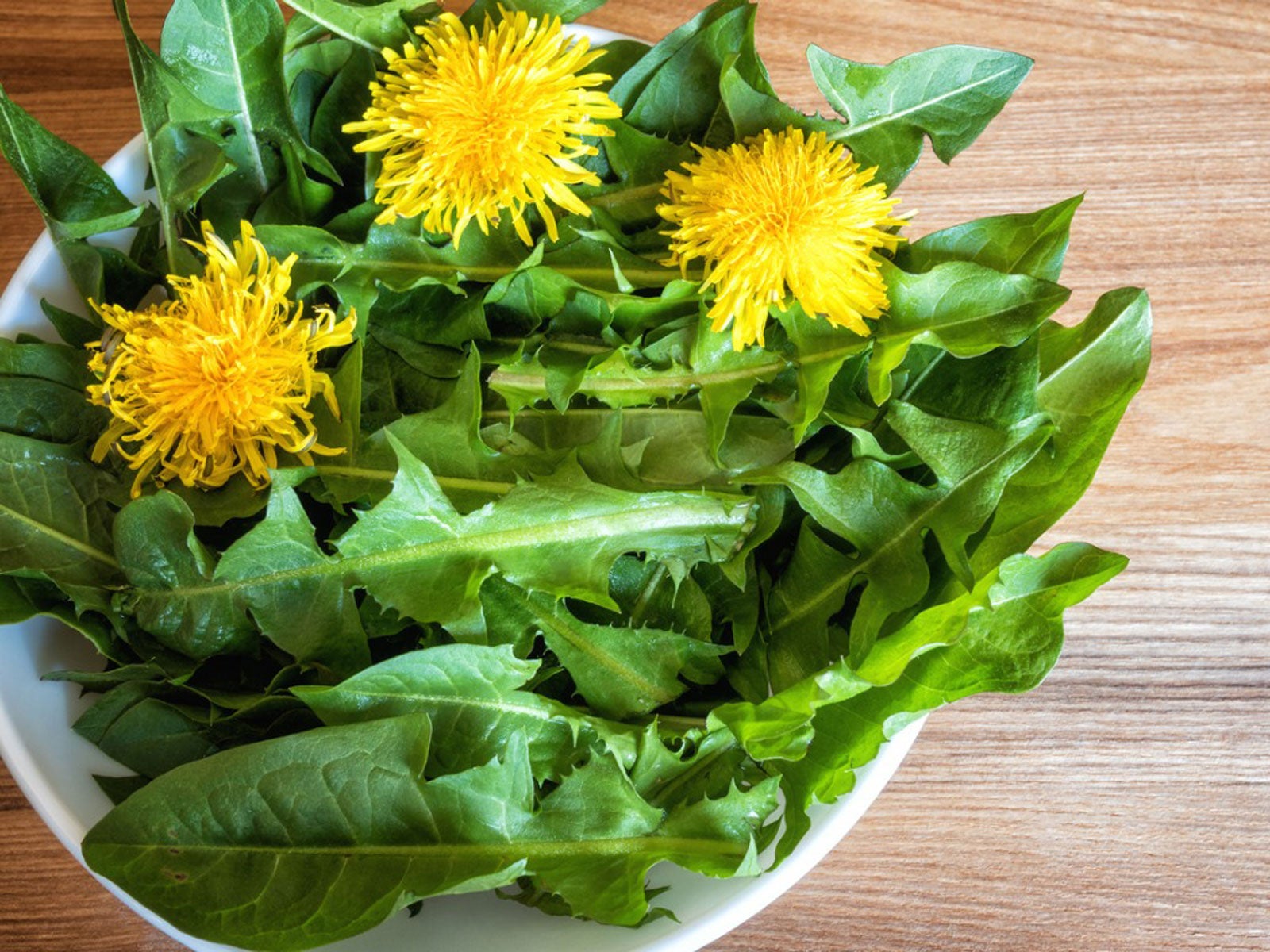
Dandelions are some of the most easily identifiable plants, always recognizable with their rosette of leaves and bright yellow flowers that often pop up in otherwise green lawns.
Some people spend the entire growing season battling dandelions. These people obviously don’t know what a treasure a dandelion (Taraxacum officinale) really is.
Although often referred to as a weed, the fact is that there are dozens of uses for dandelions. Dandelion medicinal uses came about centuries ago, as did their use as a food source. Keep reading to learn more about dandelion uses, and how they’re much more than just a pesky weed.
Are Dandelions Good for Bees?
Bees love dandelions. Not only are dandelions edible and nutritious, but they play an important role in ecosystems as well.
For one thing, dandelions are one of the first early spring bloomers that bees, butterflies, and other pollinators seek out for their protein-rich pollen and nectar. In fact, dandelions provide sustenance for over 100 species of insects. Plus their seeds and leaves feed another 30 species from birds to chipmunks.
In your lawn, they nourish ladybugs, which in turn eat aphids, and they aerate and add nutrients to the soil.
Are Dandelions Weeds?
Dandelions are actually not native to the United States. Native to Asia and Europe, dandelions were introduced into North America where they now grow in all 50 states, almost all Canadian provinces and into Mexico. In their native countries of origin, dandelions have a lengthy history and have been used by the ancient Egyptians, Greeks, Romans and in traditional Chinese medicine for over a thousand years.
Gardening tips, videos, info and more delivered right to your inbox!
Sign up for the Gardening Know How newsletter today and receive a free copy of our e-book "How to Grow Delicious Tomatoes".
The name dandelion is derived from the French “dent de lion” meaning “lion’s tooth,” a reference to serrated leaves. The genus name Taraxacum is from the Persian for “bitter herb.” The species name officinale refers to it being a medicinal herb once listed in official European pharmacopeias.
Dandelion Benefits
Not only are dandelions nutritious, but they offer many health benefits as well. The powerful antioxidants in dandelion help neutralize free radicals, and protect against cell damage and oxidative stress. Polyphenols, another type of antioxidant, may reduce inflammation as well.
Dandelions may be able to help manage diabetes. Compounds found in dandelion may help decrease blood sugar levels and lead to improved insulin sensitivity. Dandelion may also aid in the reduction of cholesterol and triglyceride levels, both factors of heart disease.
Dandelion contains potassium and acts as a diuretic, which is associated with treatment of high blood pressure. It may also promote liver health and even aid in weight loss.
Dandelion leaves may have a slight laxative effect and may also improve digestion. Dandelion root may be used to treat issues associated with the liver, kidneys, and gallbladder.
Dandelion root benefits are numerous, and they have been used for centuries to treat gastrointestinal ailments. Fiber-rich, dandelion has been shown to reduce constipation and support bowel regularity, which may mean it can be used to treat other digestive ailments such as hemorrhoids and diverticulitis.
Further testing in humans is needed, but there is evidence to suggest that dandelions may also boost immune health, have anticancer properties, support healthy bones, and even aid in the regeneration of healthy new skin cells.
You should always check with your doctor before using an herbal or natural medicine, but generally, dandelions are considered safe to consume.
Can You Eat Dandelions?
All parts of the dandelion are edible from root to flower. The leaves are most commonly used as a food source, and like other dark leafy greens, are rich in vitamin B2 and vitamin A. A single cup of dandelion greens contains twice as much iron as spinach, and over 500% of the required daily intake of vitamin K, which has been shown to fight Alzheimer’s. This herb also contains vitamin B, E and folate, as well as high levels of beta-carotene, a powerful antioxidant.
Tender young leaves can be added to salads, while older leaves tend to be quite bitter. If you do harvest older dandelion greens, they can be cooked down to reduce the bitter flavor. The leaves are best harvested early before the flowers have emerged. This is when they are milder in flavor.
There are plenty of dandelion flower uses. They can be dipped in a batter and fried much like other types of fritter. You can bake with the petals as well. Petals from dandelion flowers can be used as a garnish over meat or vegetable dishes, or to make tea. Remember to wash the blooms first and remove the green calyx prior to use. The dandelion's flowers can also be used to make wine and even dandelion honey.
Dandelion roots can be used to make dandelion tea. Harvest and wash the roots and then run them through a food processor. Dry the resulting processed roots in a low oven or dehydrator until completely dry. Then roast them in the oven until they turn brown, not black. Bring the dried roots and water to a boil in a pan and simmer for 20 minutes: 2 Tbsp root to 16 oz water (30 ml to 473 ml). Strain and drink.
Are Dandelions Safe to Eat?
While there are many potential health benefits of dandelion plants, most need further study. Always talk to your doctor before using dandelion to treat a medical issue.
Some people suffer from allergic reactions when they come into contact with dandelions. This tends to be more common in people who are also allergic to related plants like ragweed, daisies, and marigolds. If you have reason to believe you are allergic to dandelions, avoid consuming them.
Also be sure to only harvest dandelions for medicinal or culinary use from areas free from chemical fertilizers, herbicides, or pesticides. Always wash the plant, store it in the refrigerator until ready for use.

Mary Ellen Ellis has been gardening for over 20 years. With degrees in Chemistry and Biology, Mary Ellen's specialties are flowers, native plants, and herbs.
- Amy GrantWriter
-
 Looking For Plants To Give You The Soft And Fuzzies? Try These 5 Fuzzy Leaf Plant Options
Looking For Plants To Give You The Soft And Fuzzies? Try These 5 Fuzzy Leaf Plant OptionsLovers of texture, drama, silver foliage and tactile plants will adore these special sensory garden additions. These fuzzy leaf plant options will leave you all aglow
By Susan Albert
-
 Get Ready For A Summer Of Hummers! Grow These Full Sun Hummingbird Plants and Flowers
Get Ready For A Summer Of Hummers! Grow These Full Sun Hummingbird Plants and FlowersIf you’re lucky enough to enjoy a sunny backyard, make sure you are maxing out on your pollinator opportunities and grow these full sun hummingbird plants and flowers
By Tonya Barnett
-
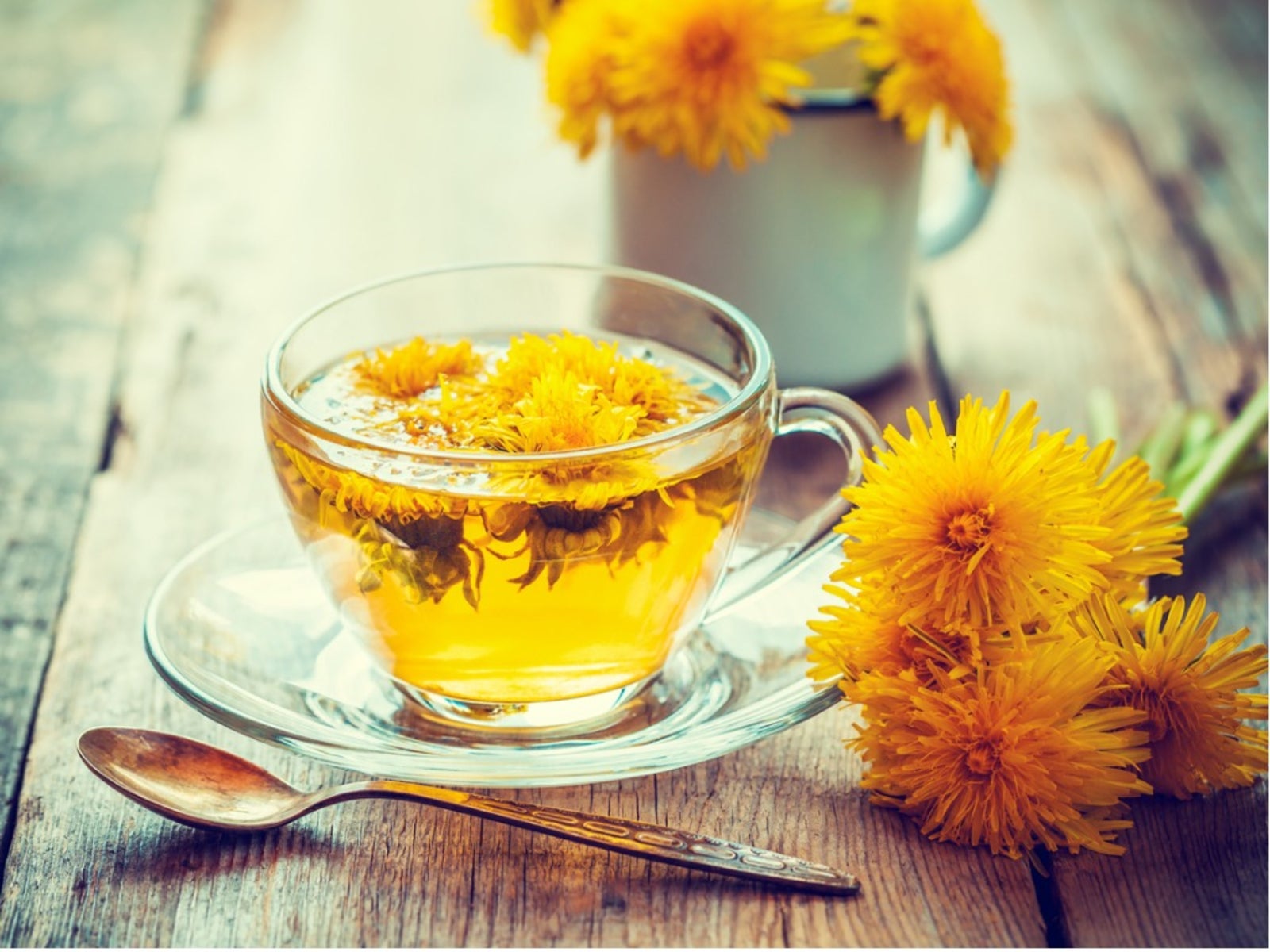 Healthy Dandelion Tea – Is Dandelion Tea Good For You
Healthy Dandelion Tea – Is Dandelion Tea Good For YouIs dandelion tea good for you? Click here to find out and explore dandelion tea benefits.
By Bonnie L. Grant
-
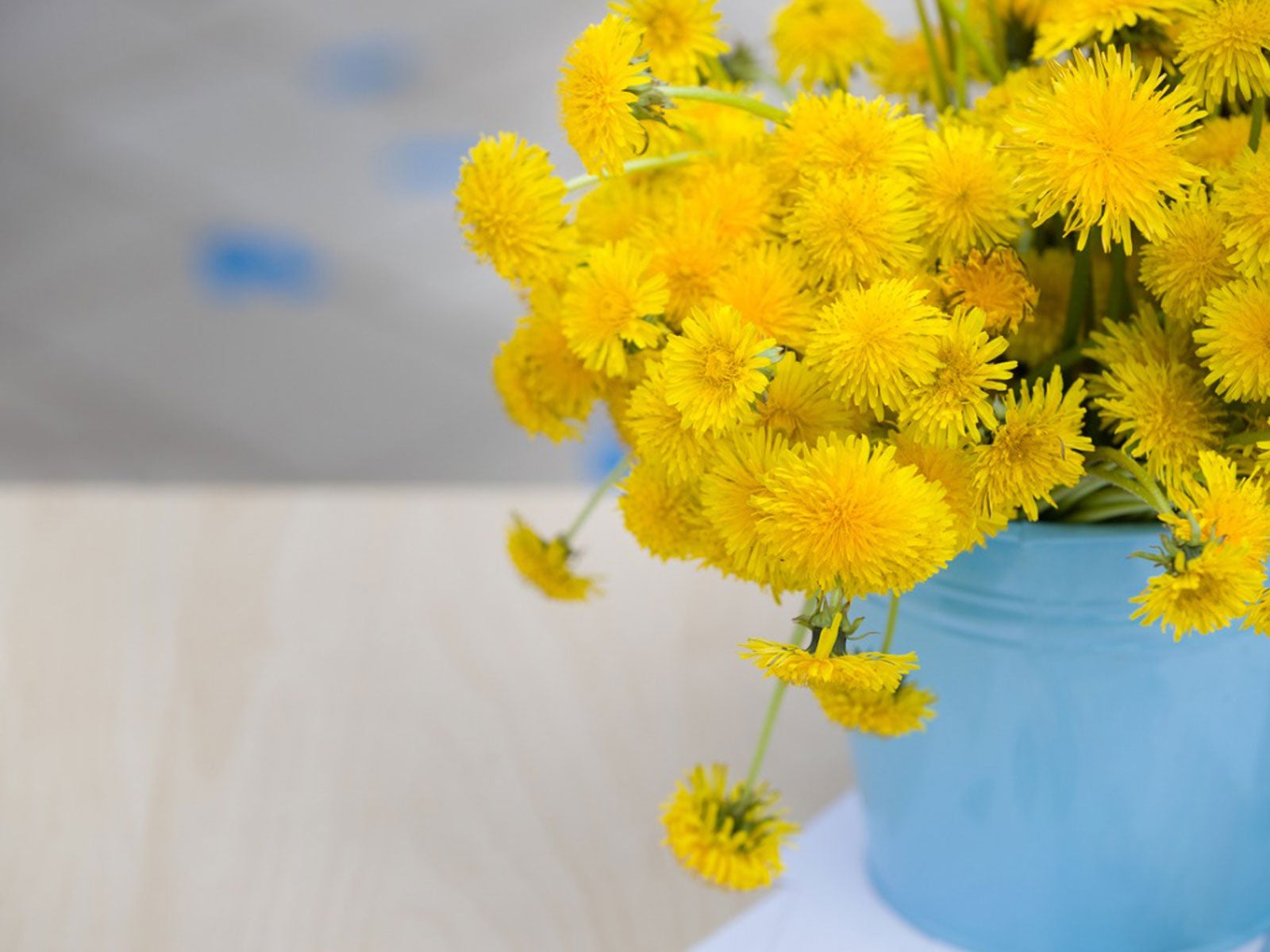 Indoor Dandelion Growing – Can You Grow Dandelions Indoors
Indoor Dandelion Growing – Can You Grow Dandelions IndoorsGrowing dandelion plants indoors may seem odd, but it is easy, and they can be grown at any time of year. Click to learn how.
By Mary H. Dyer
-
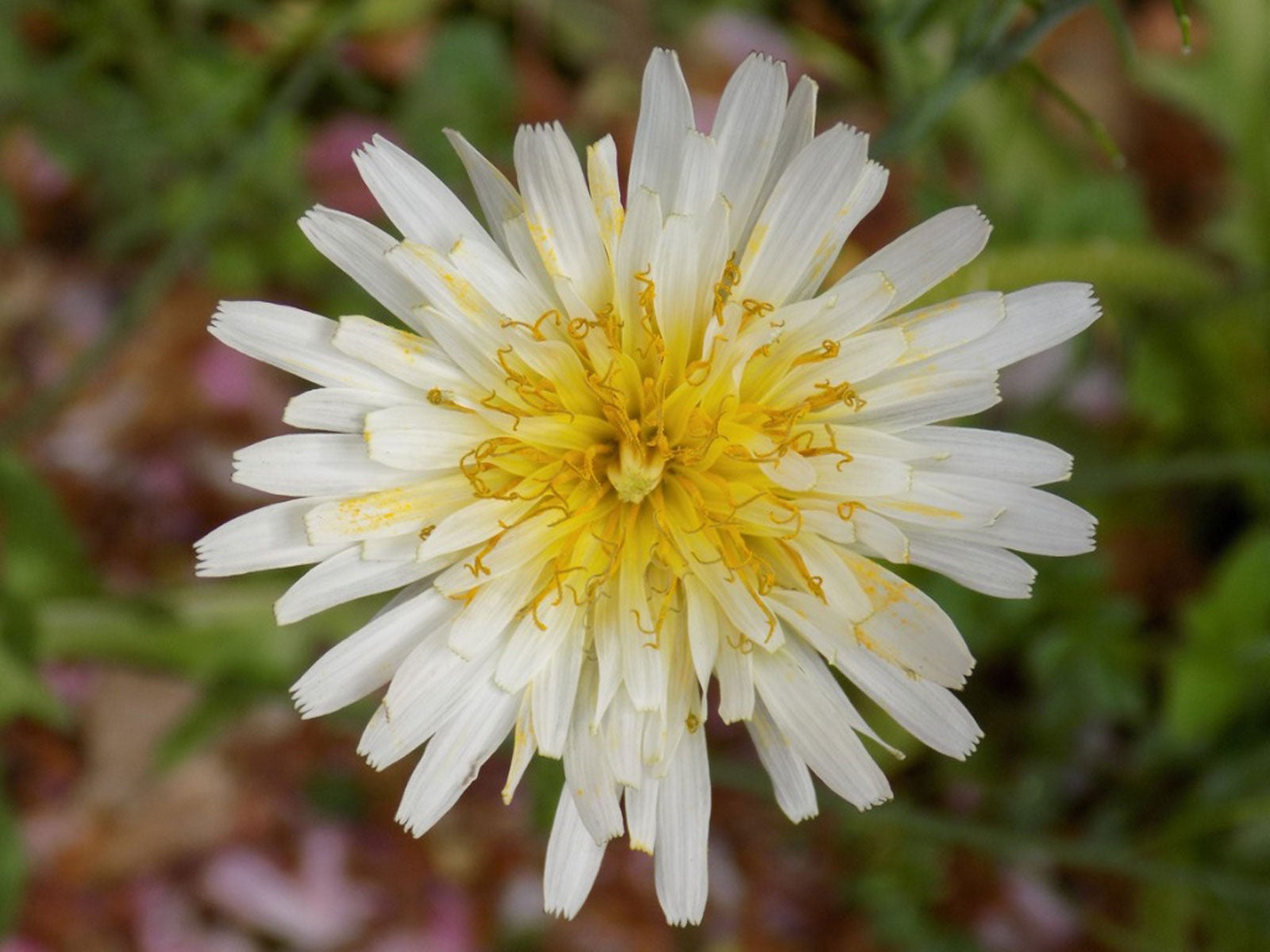 Dandelion Flower Varieties: Interesting Types Of Dandelion Plants To Grow
Dandelion Flower Varieties: Interesting Types Of Dandelion Plants To GrowWe’ve all seen a dandelion growing, but what are the different types of dandelions? Click this article to find out about different dandelion flowers.
By Mary H. Dyer
-
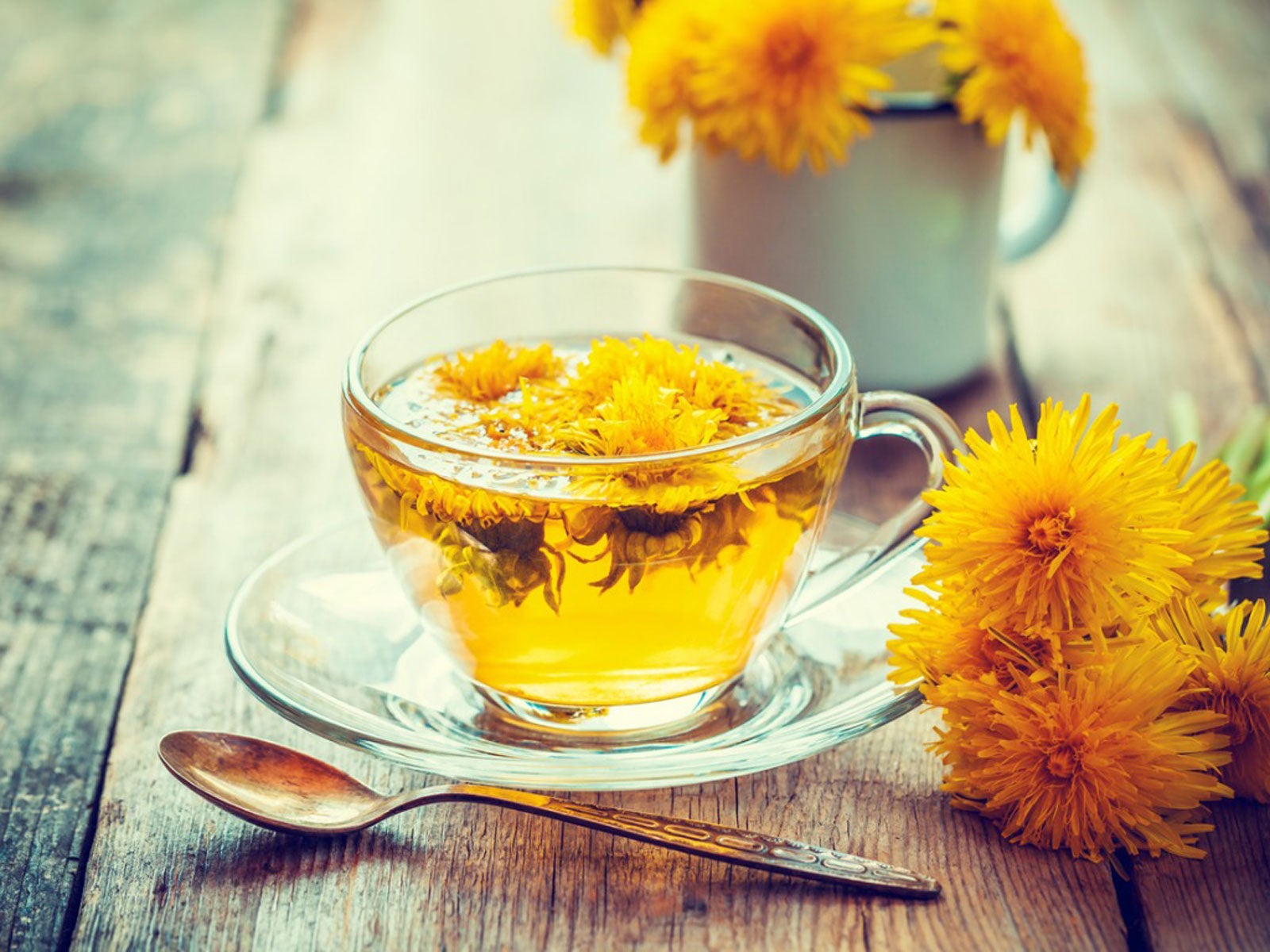 Dandelion Herbal Tea Benefits: Growing Dandelions For Tea
Dandelion Herbal Tea Benefits: Growing Dandelions For TeaInstead of waging a frustrating and nearly pointless battle against dandelions, click here to learn how to make homemade dandelion tea. It’s good for you.
By Bonnie L. Grant
-
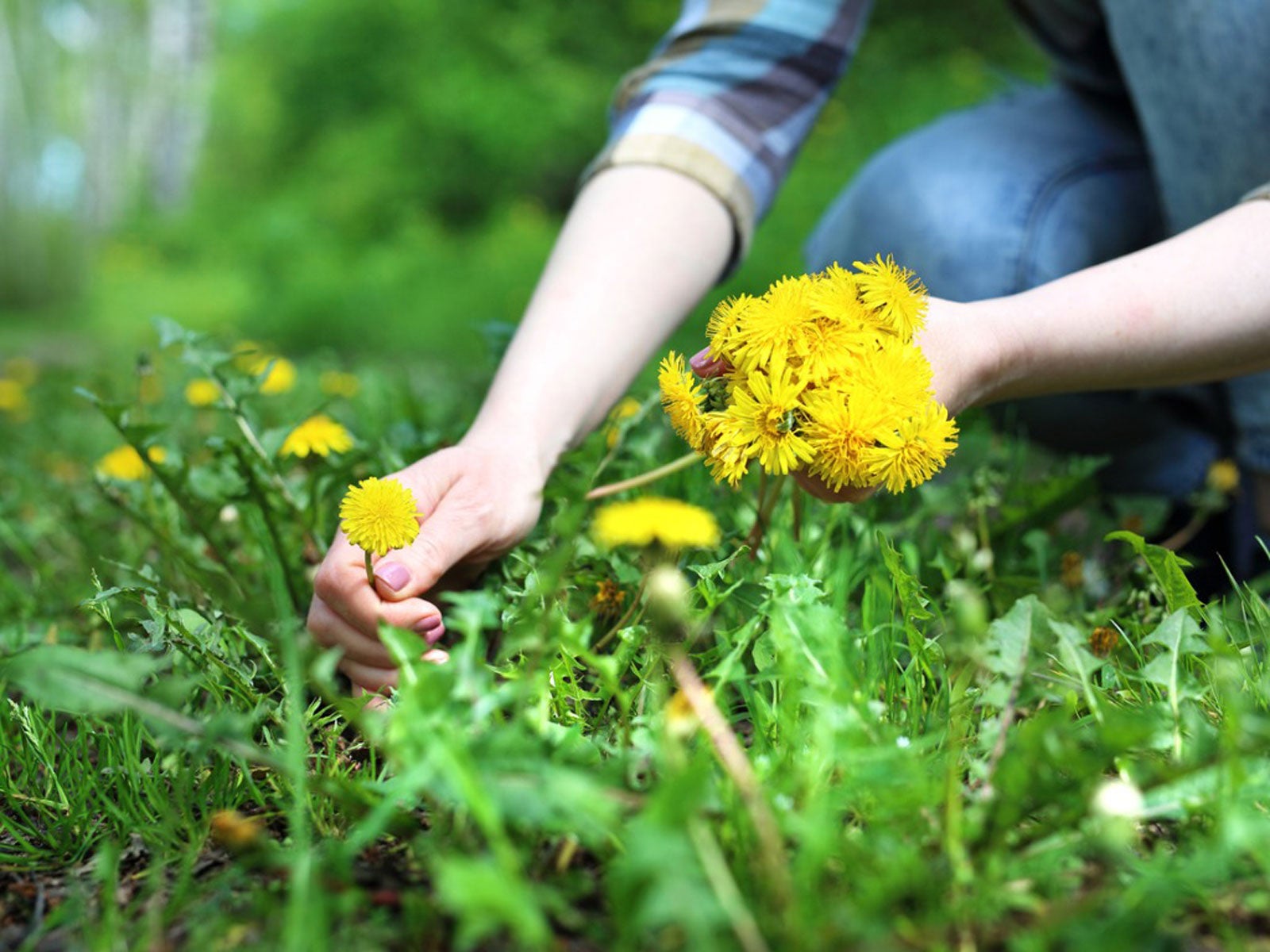 Picking Dandelions: How And When To Harvest Dandelions
Picking Dandelions: How And When To Harvest DandelionsPicking dandelions allows access to a cheap, healthy food source. All parts are edible but harvested at different times. Learn when to harvest dandelions in this article.
By Bonnie L. Grant
-
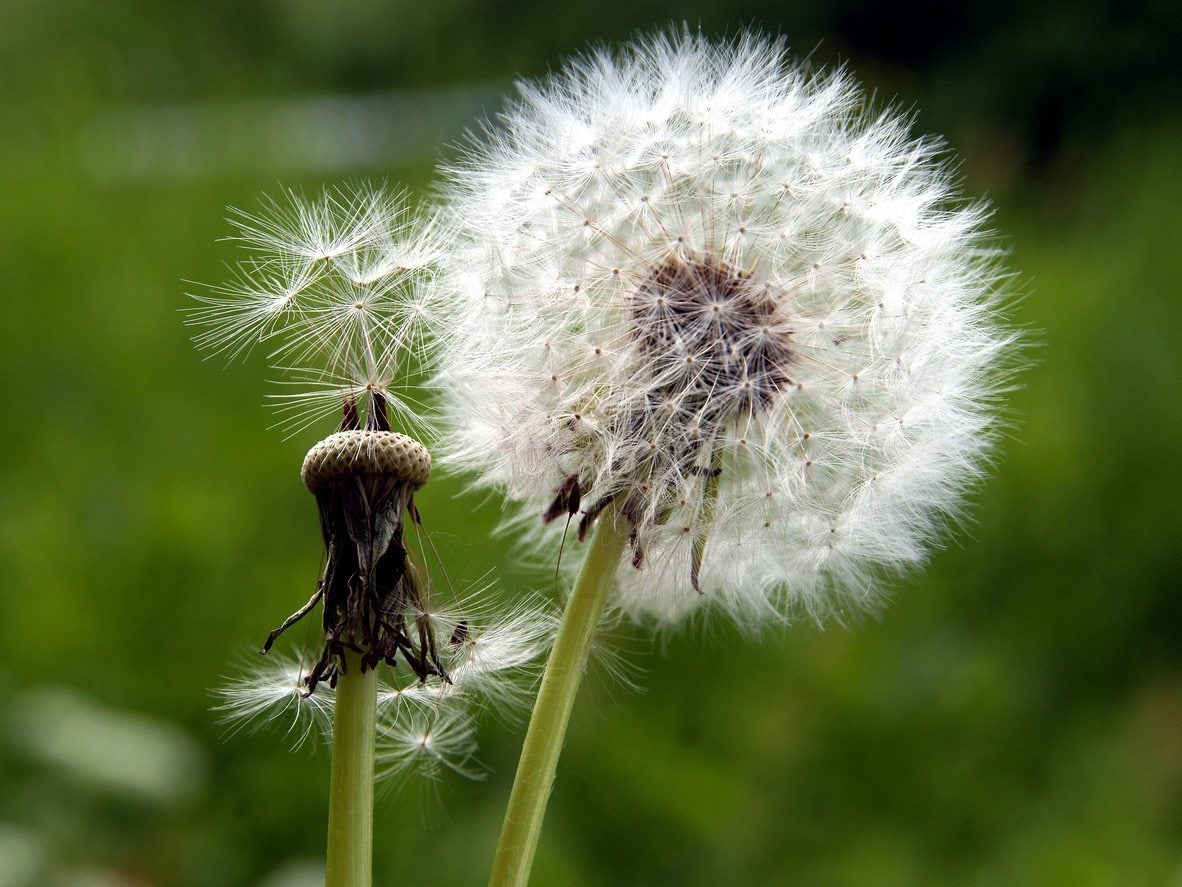 Dandelion Seed Growing: How To Grow Dandelion Seeds
Dandelion Seed Growing: How To Grow Dandelion SeedsDid you know that the leaves, flowers, and roots of dandelion are edible or that the dandelion has purported medicinal properties? Bees and other pollinators also rely on them. So, what are you waiting for? Find out how to grow dandelion seeds here.
By Shelley Pierce
-
 Dandelion Growing Info: How To Grow And Harvest Dandelions
Dandelion Growing Info: How To Grow And Harvest DandelionsIt may be a little odd to have an article about how to grow dandelions. After all, most gardeners consider them weeds. Once you know more about them, you might change your mind. Click here for more info.
By Heather Rhoades
-
 Dandelion Removal: How To Kill Dandelions
Dandelion Removal: How To Kill DandelionsDandelions will push out grass and other plants, as well as sapping water and nutrients away from surrounding plants. For this reason, controlling the weed is important. Learn more in this article.
By Heather Rhoades